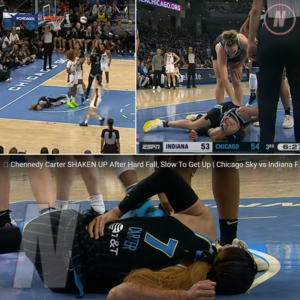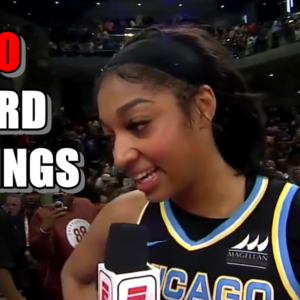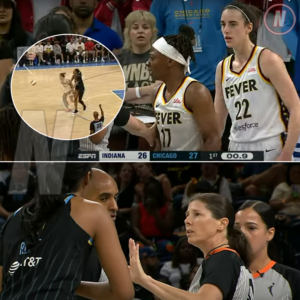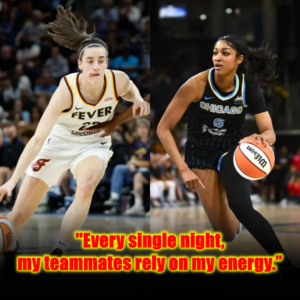There were no videos of fans lined up for city blocks waiting to enter college basketball arenas hours before tipoff this week. No fans cramming into walkways, hanging over tunnels begging for autographs from the brightest, most well-known star in college basketball.
That’s because the Iowa Hawkeyes women’s basketball team had the week off waiting for Selection Sunday after winning their third consecutive Big Ten tournament championship.
Caitlin Clark, the NCAA’s all-time leading scorer, is not only the face of Iowa basketball and both the men’s and women’s tournaments this year. She’s also the face of success generations in the making.
Her talents stand on their own as worthy of the sporting world’s attention, but there were generational players before her who didn’t receive the same spotlight for transcendent skills and pivotal records. Specifically, generational women’s players.
“The Clark Effect, it is obviously very real,” Dr. Lindsey Darvin, an assistant professor of sport management at Syracuse University with extensive research on women in sports, told Yahoo Sports. “But she’s climbing kind of on the backs of all of these other amazing women that have come before her. Her prominence right now is due in large part to all of those women that came first.”
Scores of people in and around women’s basketball spent their careers fighting for the type of attention, investment and recognition the game is seeing now. They chipped away, passing along the work to the next in line as they continuously made the game more accessible and the spotlight brighter. Without those efforts, Clark couldn’t now stand in the frame they shaped over the decades.
“I’m sure many of them feel sort of vindicated for the work they’ve put in to get the game and the attention of women’s sports to this point,” Dr. Ann Pegoraro, the Lang Chair in Sport Management at the University of Guelph in Canada, told Yahoo Sports.
“But it’s certainly bittersweet in the sense that they toiled in some pretty not great conditions while they were fighting for this equity.”
Tara VanDerveer, a longtime advocate for women’s equity, drove the team bus to away games in the 1970s. She became college basketball’s all-time winning coach in January, passing Duke’s Mike Krzyzewski. Geno Auriemma, five wins behind her, started at UConn with a leaky gymnasium ceiling and professors who refused to leave the track around the court, delaying tipoff.
From legendary Tennessee leader Pat Summitt to South Carolina’s Dawn Staley, who helms the latest women’s basketball powerhouse, coaches spent decades fighting for fair and equal treatment from their schools and the NCAA.

An emotional Kenny Brooks, the head coach at Virginia Tech who left the men’s side earlier in his career, spoke this month of seeing his players finally recognized after years of the women’s game being disrespected.
So, too, have the players spent their lives in a battle for respect that included better coverage, TV windows, sponsor investment and treatment by the NCAA and their schools. They were used to being bumped out of time slots for the men’s team, or playing games behind high-priced paywalls if they were available at all.
It wasn’t until 2020 that ESPN networks announced they would air every NCAA tournament game of the first two rounds on TV. Conferences and athletic departments are criticized for not making efforts to market their women’s teams or provide equitable environments. They often skirt Title IX requirements in ways that hurt women athletes.
Their success despite the difficulties was often ignored or downplayed. As Sue Bird, a two-time champion with Auriemma at UConn, put it in 2020, “as female athletes all we are are judged based on everything except the game we’re playing … It’s never just been about basketball for us.”
That has slowly changed. Previously, talented players often had “to be the loudest one in the room or on the court to be seen,” Darvin said.
Clark, because she’s playing 50 years after Title IX, naturally has more space to focus almost solely on her game and abilities, Darvin said, so that much of the conversation around her is strictly basketball. Her talent is the loud part.
“The lack of a sort of a burden that she feels to be sort of in an activist role is definitely a privilege that other women athletes I don’t believe have had in the past,” she said.
The women’s game earned a knockout activist win in 2021 when Sedona Prince, then an Oregon forward who finished her career with TCU this season, sent out a TikTok about the stark contrast in weight rooms between the men’s and women’s tournament bubbles. It drew attention beyond sports and offered coaches and players an easy opening, plus a larger platform, to speak on the years of inequality.
“It brought to a lot of people’s attention the conditions these women play under and yet produce amazing games and outcomes,” Pegoraro said.
The Kaplan Report quickly followed, highlighting the various ways the NCAA has undervalued and failed women’s basketball. The changes that came out of that report and the rise of Clark, who was a freshman in 2021 when the women’s side wasn’t allowed to use “March Madness,” are intrinsically linked.
“There’s a role of the moment that’s happening right now for women’s sports that’s really a movement more than a moment,” Pegoraro said.
That’s because Clark isn’t the only one standing on the success those before her built. There are regular season sellouts all over the country and every Power Five conference set tournament attendance records. Iowa’s monstrous viewership numbers dwarf increases elsewhere.
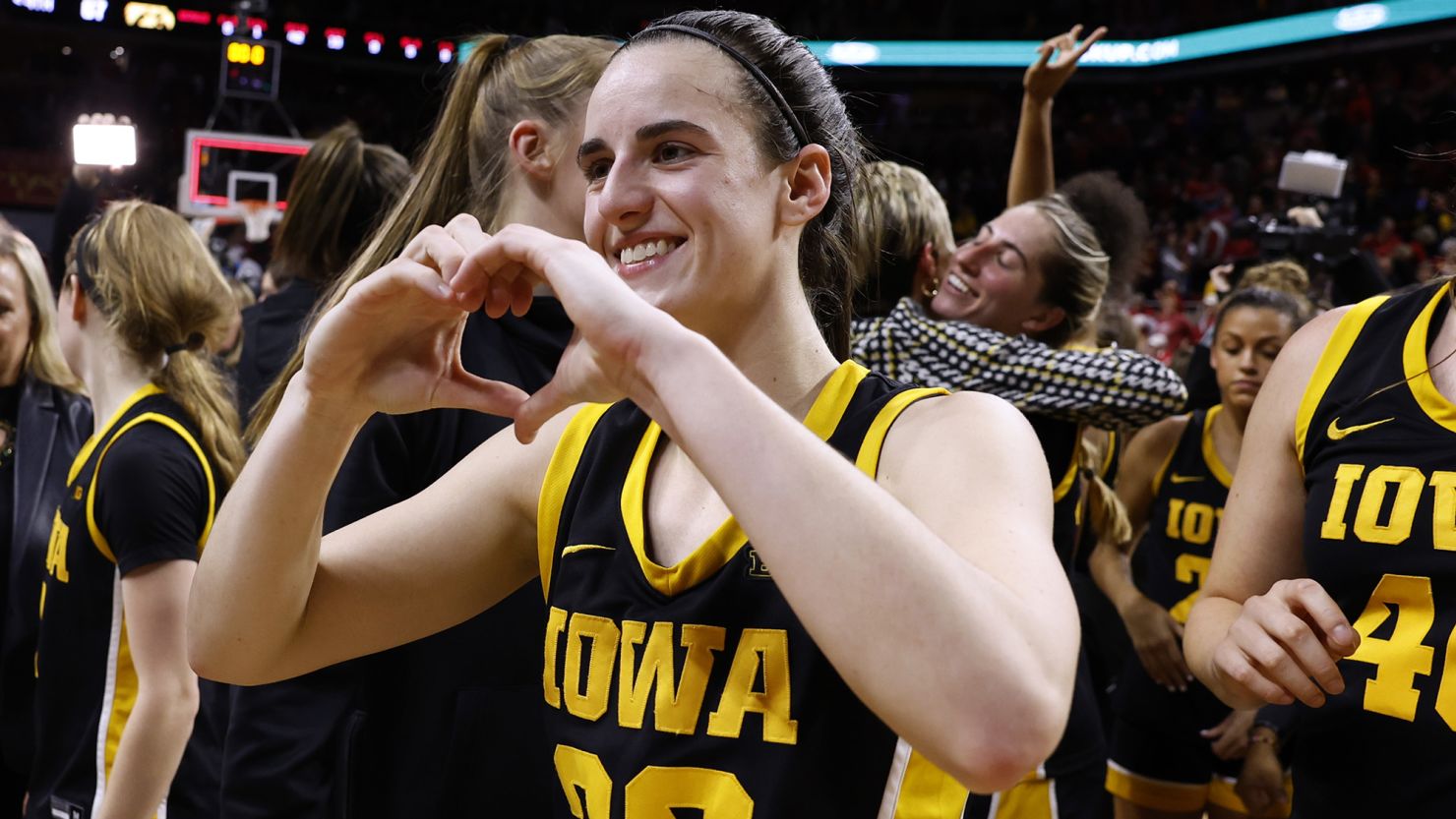
Businesses are signing players to major name, image, likeness deals, another reason women’s basketball is rising over the past five years.
It’s not only individuals receiving investment. Ally Financial and the Charlotte Sports Foundation (CSF) announced Thursday an expanded two-game Ally Tipoff event in November and a multi-year agreement to host through 2026. Iowa will play Virginia Tech again in the fall after Clark scored 44 points in the Hawkeyes’ win this season. Both programs received payouts of $150,000.
“Brands have moved from investing in or supporting women’s sports as the corporate social responsibility movement of ‘It’s the right thing to do. We should do it. It makes us look good,’ to understanding now that while they still get some of that for investing in women’s sport, they’re now getting huge return on investment,” Pegoraro said.
Darvin said it’s a case of sponsors “catching on finally” to a trend that will only continue.
“This is a space where they can advertise and see a lot of pretty good return on investment from that advertising,” she said. “It’s almost shocking that it’s taken this long, but Caitlin Clark has definitely helped.”
Clark announced she will enter the 2024 WNBA Draft, where she’s expected to go No. 1 to the Indiana Fever on April 15. Stanford star center Cameron Brink also declared and is expected to go No. 2. Paige Bueckers said she will stay at UConn after missing last year rehabbing an ACL injury, and LSU’s Angel Reese is undecided.
All four are Naismith semifinalists and among the household names in a tournament that holds more of them than the men’s side. Joining them on the 10-player list are three freshmen: Madison Booker (Texas), Hannah Hidalgo (Notre Dame) and JuJu Watkins (USC), who will ascend as faces of the game in Clark’s and Brink’s absence.
“There’s a lot of them sort of circling, probably saying, ‘Hey, Caitlin’s having her moment and we’re ready to be the next one in the light,’” Pegoraro said.
“There’s many other players that are willing to step right in and it’s going to be important that their teams and their conferences support them and build campaigns around them to keep those viewership lines down around the block and ticket sales going and merchandise flying off the shelves.”
Generations of pushing the game forward, and now Clark standing atop the college basketball landscape, will make that easier. Those conference, school and business entities are in a better position than they’ve ever been to support the next generation.
Multiple conferences have positions focused solely on women’s basketball, allowing them to provide environments conducive to their sports’ growth, and not just following the men’s model. As for businesses, Clark is a singular talent, but it’s now hard to deny that investment will yield an increasingly high return when it comes to women’s basketball.
That’s what the generations before her had been saying all along.
“They’d all probably put aside the bittersweet and go, ‘This is amazing. This is what we knew was always there in our game,'” Pegoraro said. “This is what we knew that people would really buy into if they could finally see it, which they’re doing. Finally.”
